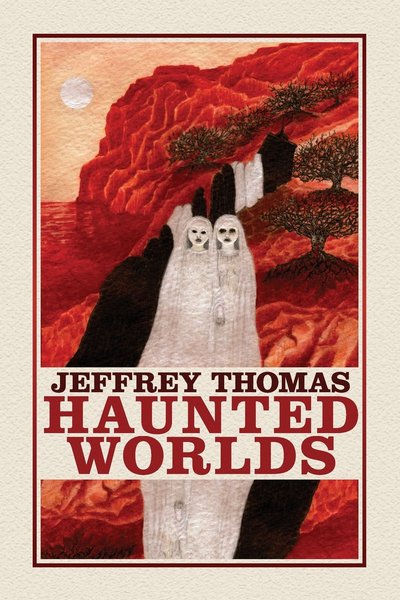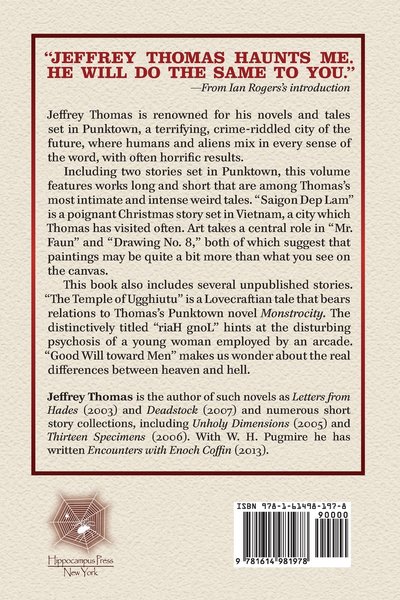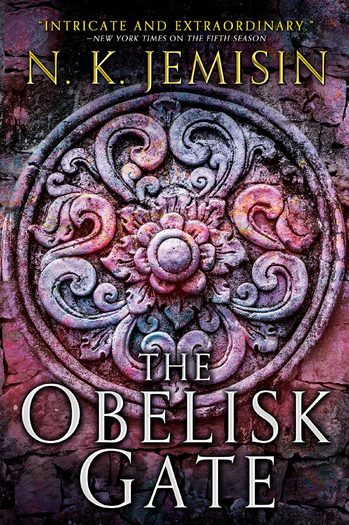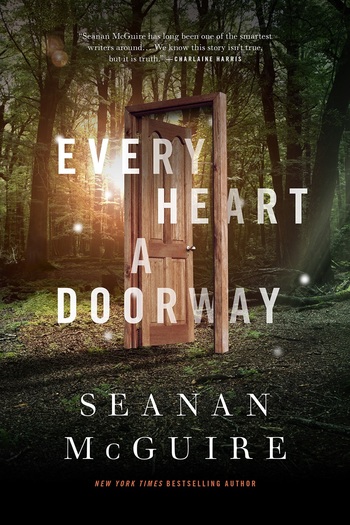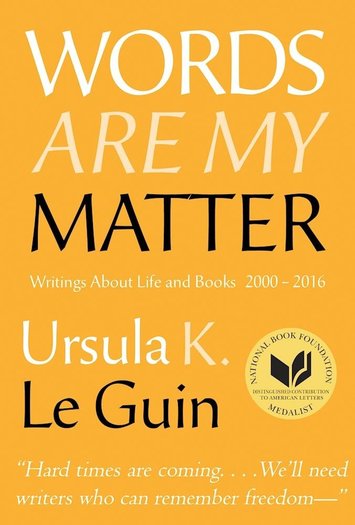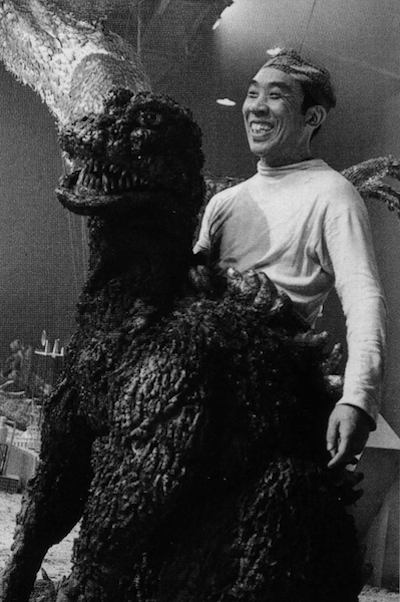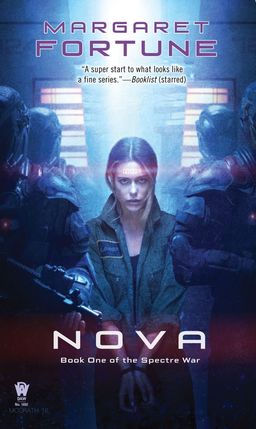To you, I am orcneas. To the Dane, I am skraelingr. The blasted Irish would name me fomorach,” Grimnir said, then smote his breast with one black-nailed fist. “But I am kaunr! Do you understand now?”
Grimnir from A Gathering of Ravens
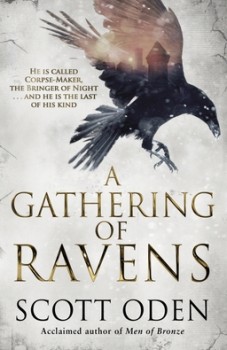 You know me: I’m the guy who reads mostly old swords & sorcery novels and short stories. Aside from a few by Milton Davis and P.C. Hodgell, I haven’t read many new S&S novels. My experience with contemporary fantasy novels has been mostly… disappointing.
You know me: I’m the guy who reads mostly old swords & sorcery novels and short stories. Aside from a few by Milton Davis and P.C. Hodgell, I haven’t read many new S&S novels. My experience with contemporary fantasy novels has been mostly… disappointing.
I’m also a guy who is on record as disliking the utilization of orcs in modern fantasy. In the works of their creator, J.R.R. Tolkien, orcs are perversions of elves created by Middle-earth’s satan figure, Melkor. In modern fantasy they’ve become little more than woefully misunderstood warriors — basically fantasy Klingons. So, when Scott Oden sent me a copy of his latest book, A Gathering of Ravens (2017), and I learned its protagonist was an orc, my hopes weren’t high. Well, Oden’s novel knocked the heck out of any prejudices I had. New or old, this book kicks ass, and is one of the best swords & sorcery novels I’ve read in a while.
Grimnir, the last of his race, lives on the Danish island of Sjaelland, dreaming of revenge against Bjarki Half-Dane, the man who killed his brother, Hrungnir. His desire to cleave his enemy with his trusty seax (a old Germanic sword), leads him from Denmark to England, and finally to the field of Clontarf, in Ireland.
Etain is a young woman, disguised as a man, bound for Roskilde to evangelize the Danes. After a bloody run-in with Grimnir, she finds herself bound to him and forced to act as his guide across the British Isles in search of his prey. With no recourse but to stay by his side, she follows him into the mystic heart of Yggdrasil, the world tree, traveling through time and space. The mismatched pair, devout Christian woman and resoundingly pagan monster, face off against numerous supernatural and mundane foes before reaching the book’s rousing conclusion on a field outside of Dubhlinn. Their story lets up only a few times, but those calmer passages serve to allow magical creatures or armies the time to marshall their forces for the next burst of violence.
…
Read More Read More

